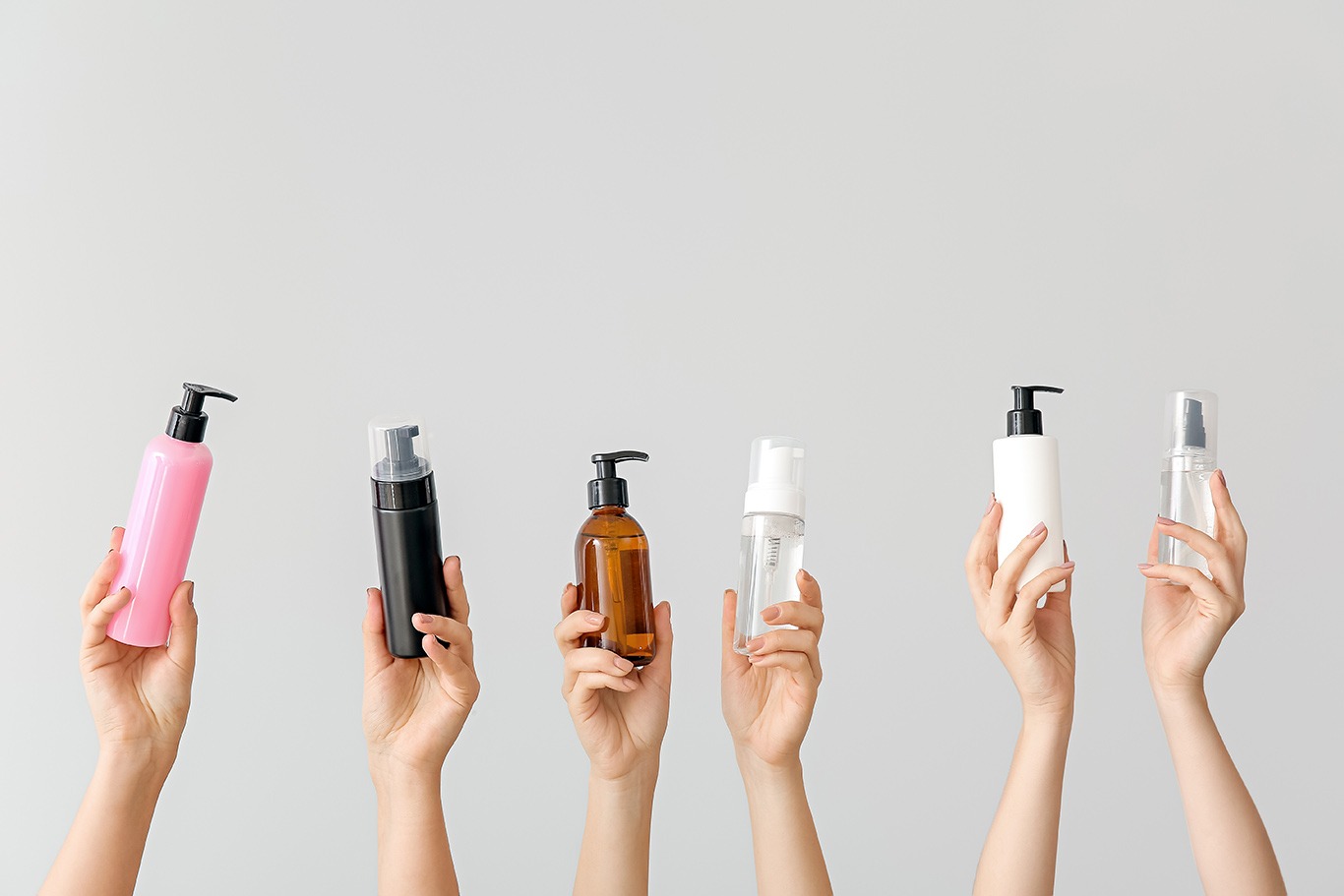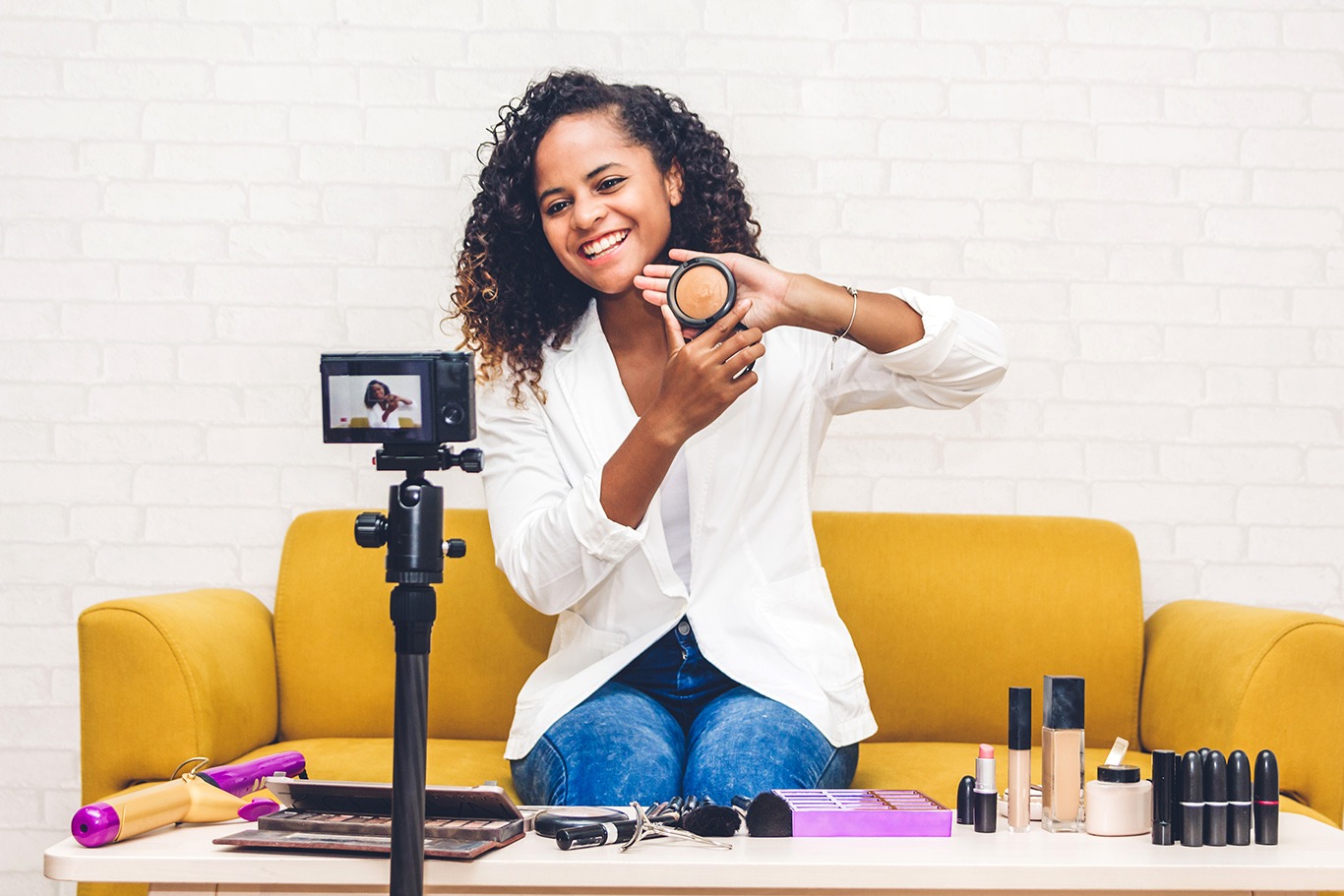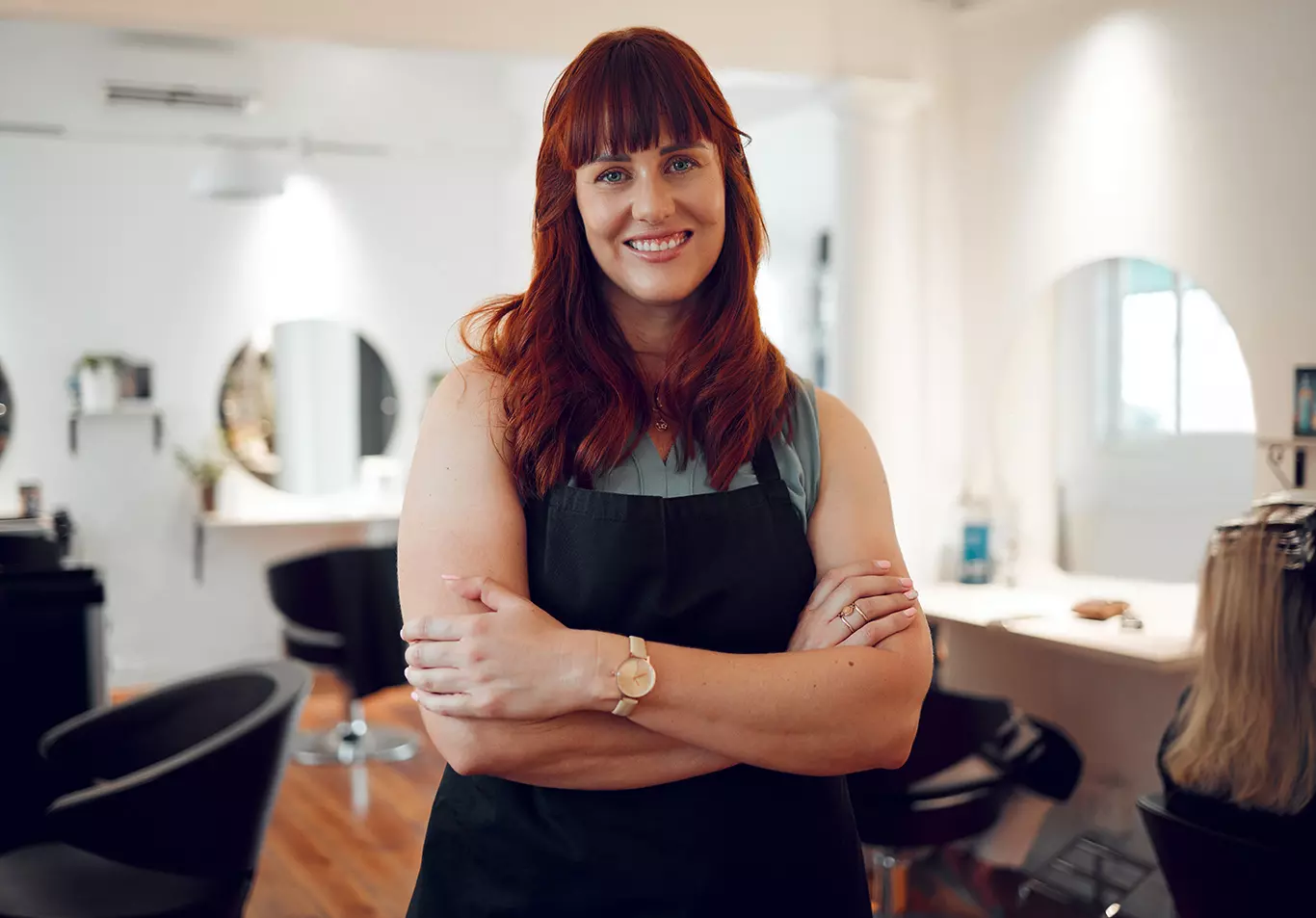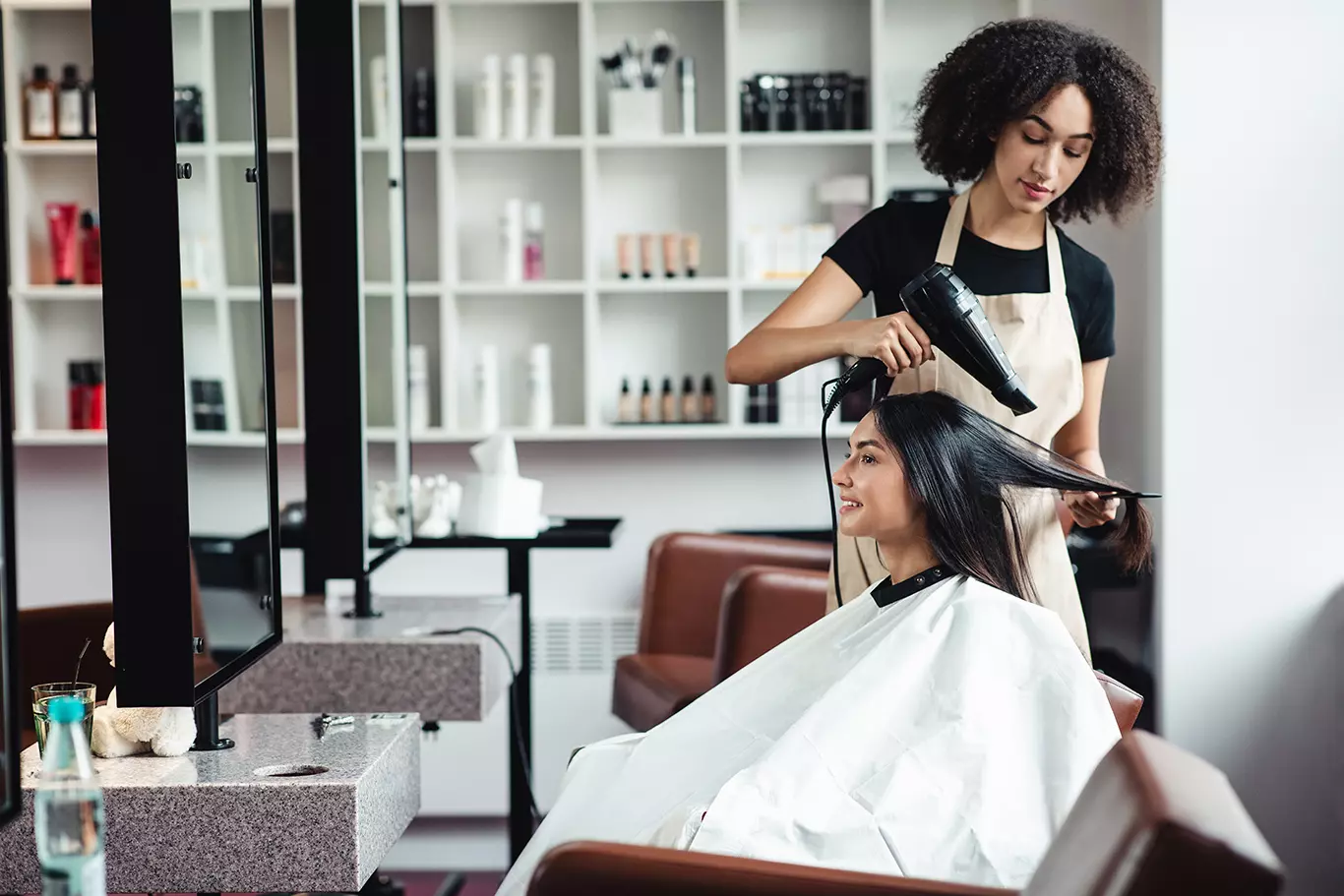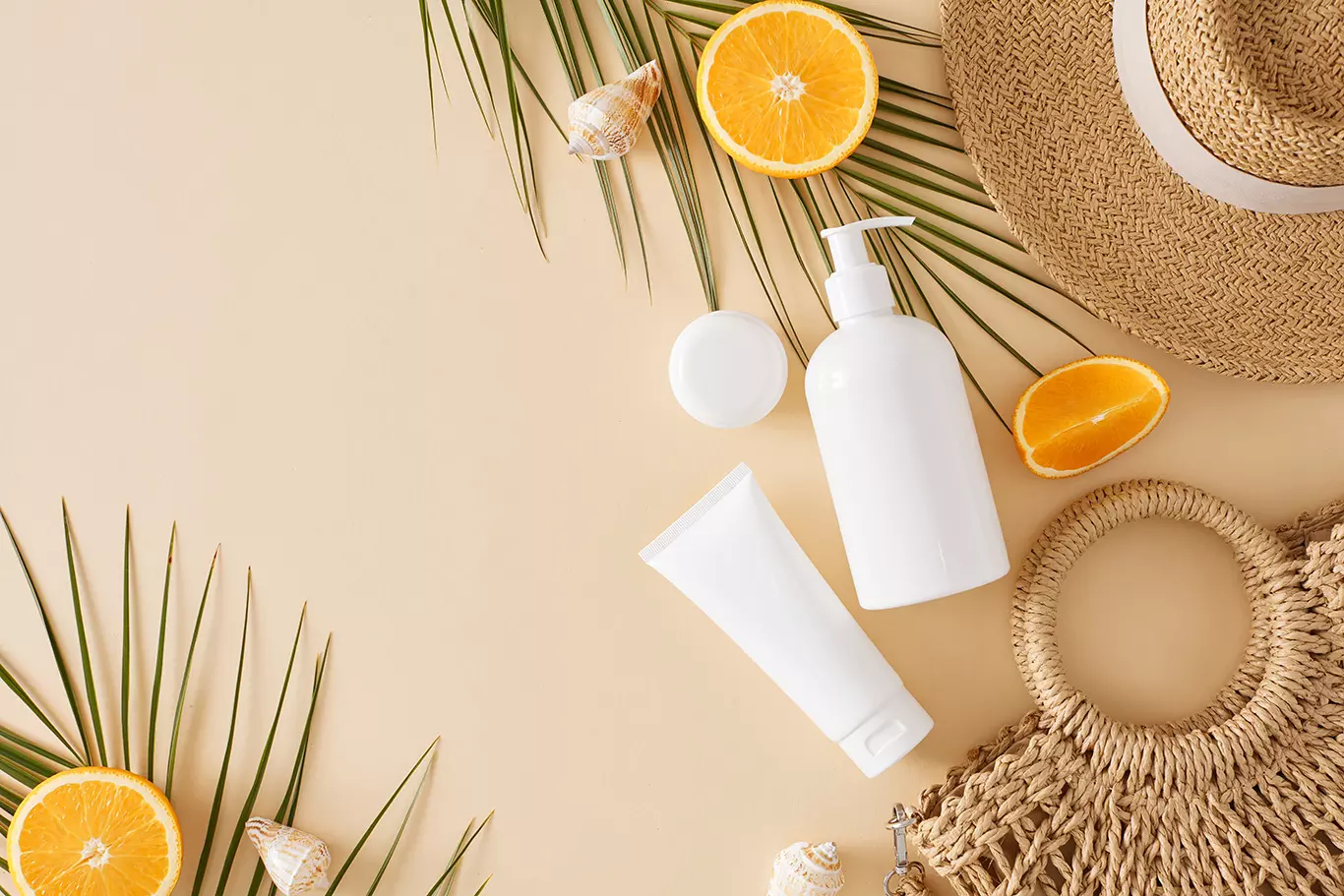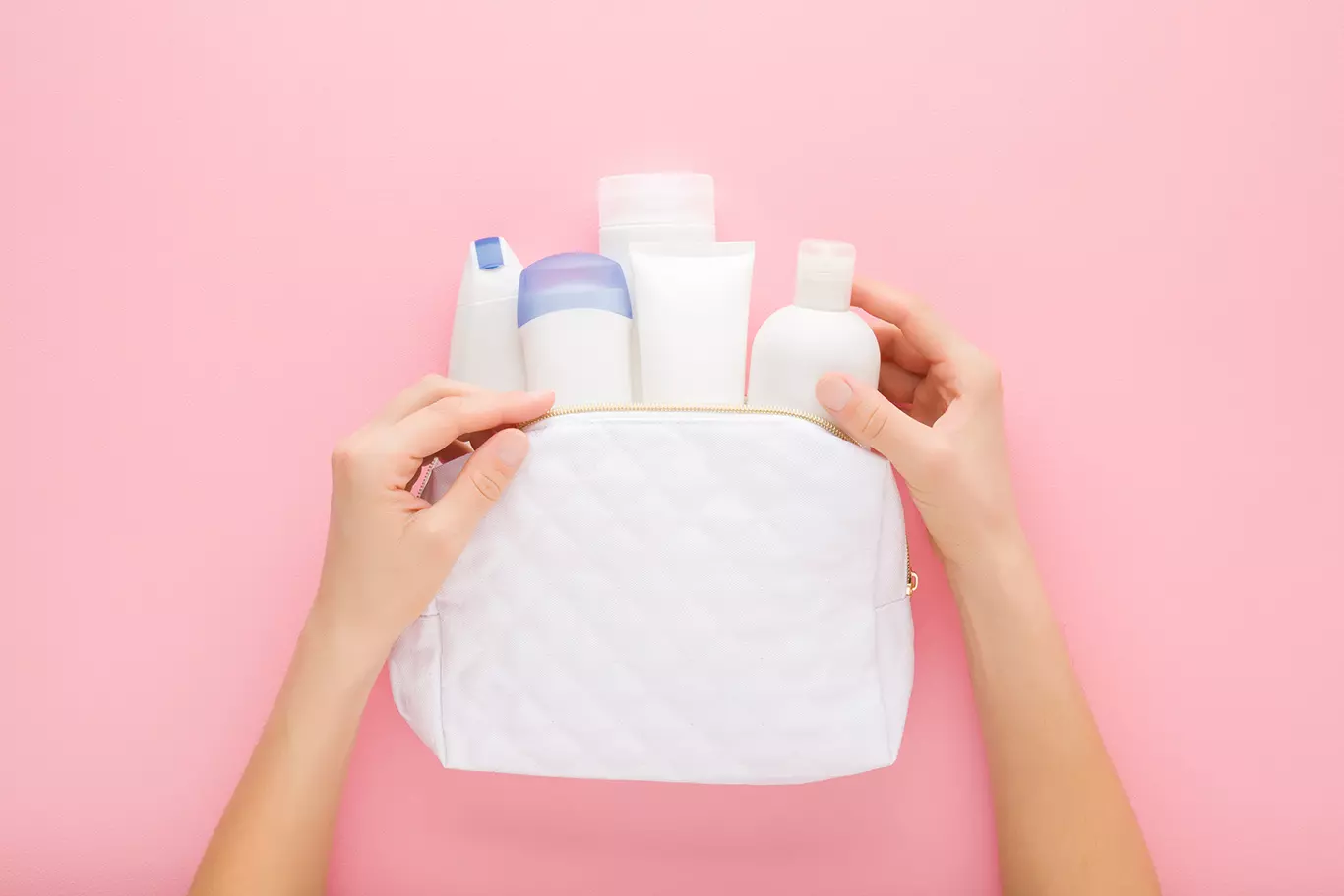Why Private Label Products Keep Customers Coming Back
For over a decade, platforms like Amazon and eBay have boosted opportunities for insta-entrepreneurs, but the private label movement over at Onoxa creates a golden umbrella.
Are you considering opening up an online store? Selling skin care products is just the beginning of a long yet exciting way to build your business. The next step is figuring out how to manufacture the products you want to sell. The least expensive and quickest option is using private labeled products, like the ones Onoxa offers.
Where Do You Get Your Products?
The term “private label” is still pretty foreign to most consumers. The concept goes like this: a company manufactures products without the exclusivity or trademark of a brand name. Those products are sold by either a distributor or retail chain, under a new branded name. You slap your own brand name on the product and sell it. This allows entrepreneurs, on all levels, to launch their own products and sell them on platforms like Amazon, eBay or other marketplaces. It’s the genuine goose that laid the golden egg.
Why Entrepreneurs Dominate With Private Label Products
Who doesn’t prefer to spend less on the actual product development, including the design and production, and instead spend money on marketing? Entrepreneurs don’t like investing heavily in pre-production, but instead focus their strategies on advertising, marketing and profit opportunities. Moreover, business owners wanting to enter the sales market must meet production volume capacities, especially with future growths. Onoxa enables entrepreneurs to keep coming back for their private labeled products without the burden of production issues.
The Advantages Of Utilizing Private Labeled Products Include:
Low startup costs – When creating your own products, you usually have to produce a large number of units in advance to reduce cost. Production costs eat up most of e-commerce companies budgets. With Onoxa, you have the ability to start quickly and reap profit rewards with low minimums and costs.
Brand control – You can create any brand or multiple brands without limitations. Once you get the hang of it, you can add new products to your line.
Price controls – Brand control comes hand in hand with the ability to set the price of your products. Profit potential is in your hands.
In recent years, there’s been fragmentation of purchasing, leading consumers to explore more specialized, artisan products rather than buying from big sophisticated brands. By using private labels, entrepreneurs have more inventory options, including variations of products.
Becoming An Insta-Entrepreneur
Do you know one of the best elements of utilizing private label products? It’s an instant business, without months spent on design and development. This is basically how Amazon was popularized. Amazon is one of the 500 largest US companies, and it is also the undisputed leader of e-commerce sales worldwide. And it’s primarily make up is private labeled products. Entrepreneurs are selling millions of products in different categories that are private labeled.
Onoxa offers a bevy of private label skincare products, ready to self-market and establish a presence online. Besides flexibility and independence, entrepreneurs get to sell a pre-packaged product that has been personalized to represent the company.
